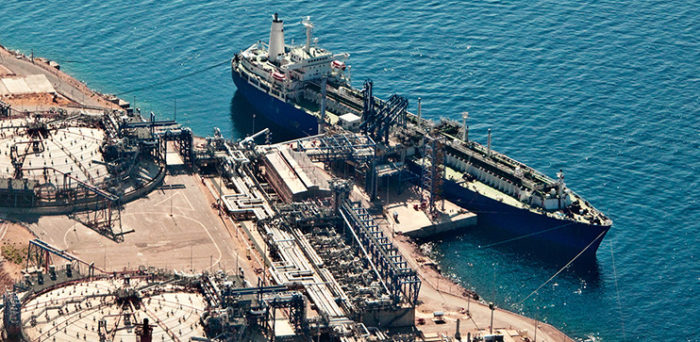The number of LNG bunkering vessels has grown from one at the beginning of 2017, to six in early 2018, with these numbers expected at least to double by 2020, according to SEA\LNG Chairman Peter Keller. Mr. Keller noted that 2017 has been a momentous year for LNG, with announcements of new investments and development of LNG infrastructure, he recognised though that there is much to be done to ensure that this momentum continues to build.
To effectively incentivise the developments needed to realise a competitive global LNG value chain for cleaner maritime shipping by 2020, we need to make the credible, fact-based case for LNG as a marine fuel to the shipping industry – which includes investors, bankers, shipping lines, bunkering companies, ports, and other enabling stakeholders such as shippers, governments, regulators, and local communities.
Prioritizing the key areas of work for 2018, he noted:
- First, we need to better understand our stakeholders and decision makers in different geographies; who they are, what are their informational and data needs, and how can we communicate with them most effectively to make the case for LNG as a marine fuel?
- Second, we need to develop content and data that decision makers can use as they evaluate future fuel alternatives and make decisions. The industry continues to require credible, fact-based material, backed-up by academic research as necessary, on the emissions, investment and infrastructure case for LNG.
Investment in assets is a huge issue, he pointed out. At the end of the day, viable maritime organisations must justify their decisions and ensure their business profitability over the long term if they are to survive and serve the world’s markets.
Unfortunately, there remains a lack of clarity surrounding the potential for LNG among many shipping lines and investors. Many do not have adequate information and data to fully analyse the case for LNG. New-build investment decisions may often be predicated upon incomplete data and analysis and inappropriate or incomplete metrics.
SEA\LNG is confident that once the fact base is set out in a clear and credible manner for the global shipping industry, LNG will move from the ‘chicken and egg’ to the implementation phase as investment confidence grows throughout the marine value chain and knowledge spreads to key enablers such as bankers, ports, regulators, and local authorities. 2018 will be an important year in the history of shipping as the industry begins to more readily embrace the inevitable transition from heavy fuels to the new reality of cleaner, more socially and environmentally conscious maritime fuels such as LNG.






























































